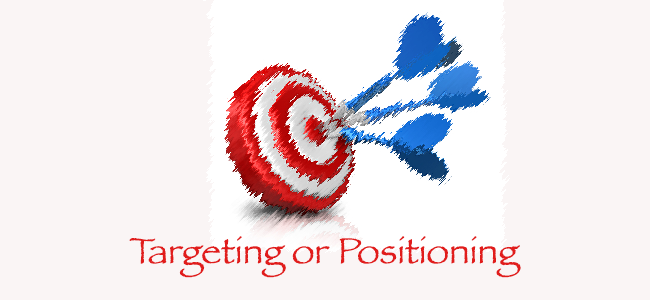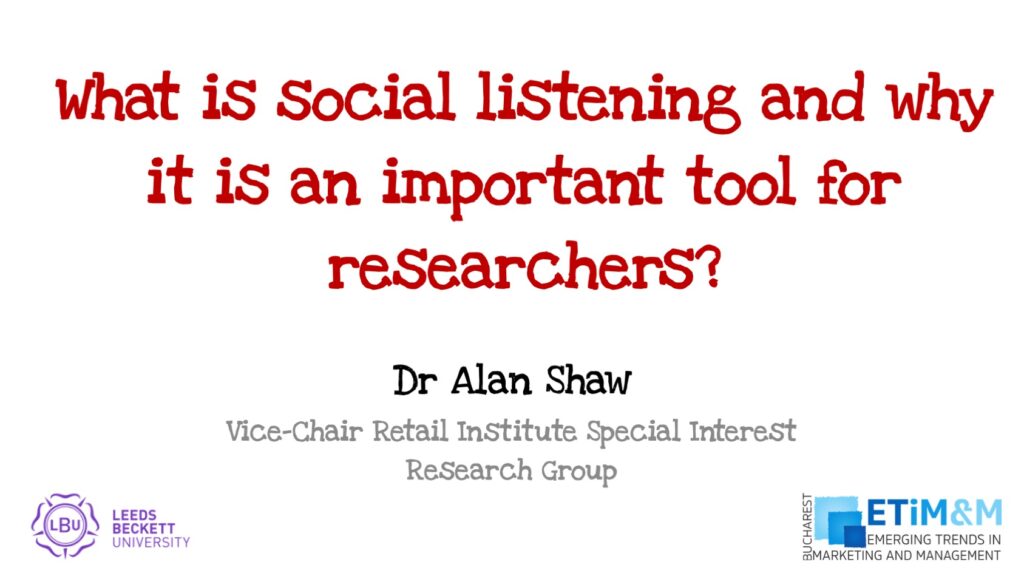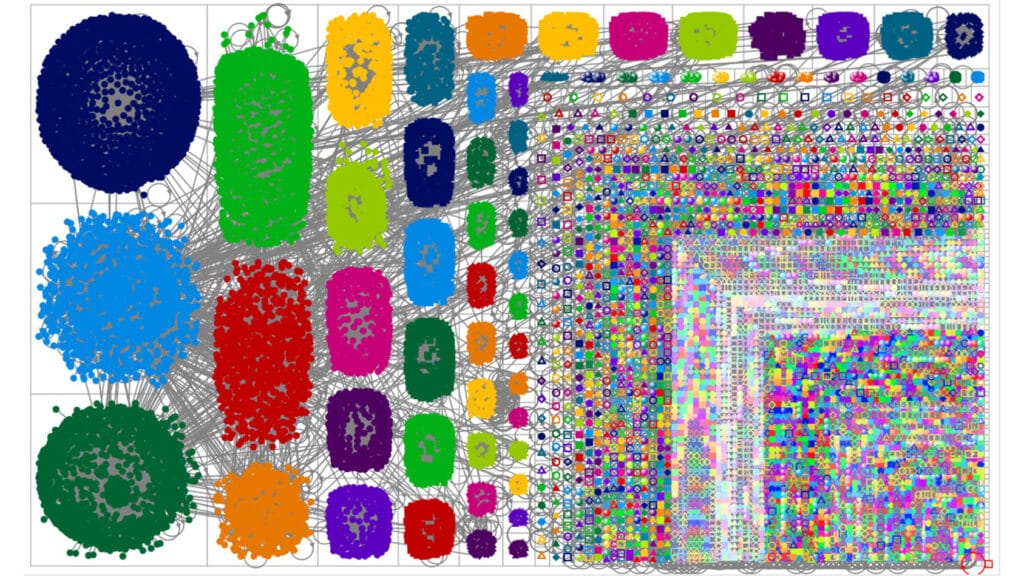 I was recently asked which process should come first: targeting or positioning? In my opinion the answer will depend on what you are trying to do. Before providing you with the definitive solution it is worth just reminding ourselves of the basics.
I was recently asked which process should come first: targeting or positioning? In my opinion the answer will depend on what you are trying to do. Before providing you with the definitive solution it is worth just reminding ourselves of the basics.
I’ll start with branding or more specifically the ‘brand image’ and ‘brand identity’: when you read most of the literature associated with segmentation, targeting and positioning there is little or no reference made to the brand, yet I feel the inclusion of branding is paramount to the process. This is because the brand image will (should) play a big part in identifying the target and the positioning of the product or service. Lets look at two examples:
Mercedes Benz has a clear brand image and market position: the brand image is based on “fascination, perfection and responsibility” (their words, most of us would see them as “high quality luxury cars that are reliable”). In terms of positioning they have clearly put themselves in the luxury car market. So if they were looking to launch a bicycle, then their brand image has already been set in the minds of the consumer, they could not launch a cheap, low quality product because it would go against the brand image and could damage it. So, in this example the brand image has been set as well as part of the positioning i.e., it will be put into a high quality / luxury domain. The marketers from Mercedes need to complete the positioning of the product, which I would say should be “a must have accessory for the Mercedes driver”. Having established the position they can now consider the targeting, If it were me, I would focus on a small geographic location and use existing customers to test the market, this can be expanded if the product is successful.
Consider now an entrepreneur looking to launch a small hotel chain in a given location. As this is a small operation the geographical targeting has already happened: it is based close to where this entrepreneur lives. The individual would then complete a market analysis to identify the best way to position the hotel (ideally as one that would have the most opportunities: a blue ocean). If the analysis identified that there were very few boutique hotels in the area this could be the best option. It would also help drive the branding and brand image.
Unfortunately marketing is never black or white, in the second example the entrepreneur could just as easily started with the positioning first because of an aspiration to fit in with a particular type of brand image, in this case the location of the hotel could have been anywhere in the world.
As we have seen the positioning of a brand is synonymous with its brand image and is basically a sector of the market in which the brand wants to operate in. The brand should then take steps to differentiate itself against the competition to maximise its advantage. Targeting on the other hand is all about selecting a particular (or a number of) market segment(s) to operate in. This market segmentation process is a means of dividing a market into smaller groups. These groups (or segments) can be considered as the current and potential consumers and/or users of the brand. Market segments will consist of people or organisations with similar traits. These traits are slightly different between B2C and B2B markets. The consumer market can be segmented into the following:
- Demographic: age, gender, nationality etc.
- Socio economic or social grading: Income / Occupation.
- Geographic: Country, region etc.
- Geodemographic: Housing type, resident profile etc.
- Psychographic: Lifestyles, values, motivations etc.
- Mediagraphic: Media habits.
- Behavioural: attitude, adopter, loyalty etc.
The business market segments are as follows:
- Macro-segmentation:
- Geographic.
- Type of organisation.
- Industry grouping/ business sector.
- Size.
- Micro-segmentation:
- User status.
- Trade category.
- Benefits sought.
- Loyalty status.
- Readiness stage.
- Purchasing practice.
- Buying stage.
The reality of market segmentation is you will always have more than one segment, this because within the segment there will be different buying behaviours. What the marketer has to do is identify the segments (not including the buying behaviour) that most relate to the brand.
Returning to our question: which process should come first: targeting or positioning? There is no definitive answer, as marketers you need to take into consideration were you are and what you want to achieve. Just to summarise, you could say:
- For established brands with existing products or services, positioning tends to come first: the positioning will already be established, the brand managers will need to focus on creating specific messages for the different market segments (more specifically looking at the buying behaviour segmentation: messages to advocates will be different to those who are new to the brand). Alternatively the brand managers may be looking to increase their market share in which case they could focus on identifying new additional segments (a good example will be a move into new geographic markets).
- For established brands with a new product or service, targeting comes first (but it is still not black and white). Take for instance Coke’s new Coca Cola Life, this has been designed for a segment that is conscious about drinking cola with reduced calories, so the targeting has taken place in the product development phase, its positioning places it in the domain occupied by drinks using natural sweeteners (I know that some of you may argue it is the other way, but as someone who has launched a number of new products the targeting seems like the most obvious thing to do first).
- For a new brand built on a specific ethos (i.e., environmentally friendly), the targeting of market segments (using the brand image guidance) can be done first, this can then be used to develop the positioning strategy.
- For a new brand built on exploiting a new market (a blue ocean), the positioning is done first: this helps to maximise the returns for the brand.
Alan Shaw
Latest posts by Alan Shaw (see all)
- What is social listening and why it is an important tool for researchers? - July 31, 2021
- COVID-19 and Remote Learning: Experiences of parents supporting children with SEND during the pandemic. - June 30, 2021
- Using Netnography To Evaluate The Launch And Collapse Of The European Super League - April 21, 2021
- Developing Semi-Structured Interview Questions: An Inductive Approach. - April 9, 2020
- Developing Semi-Structured Interview Questions: A Deductive Approach - April 9, 2020














